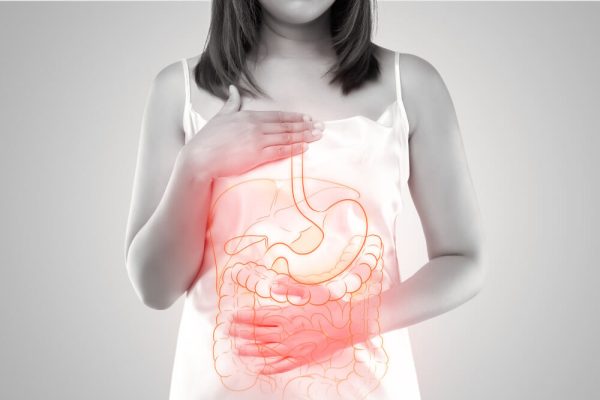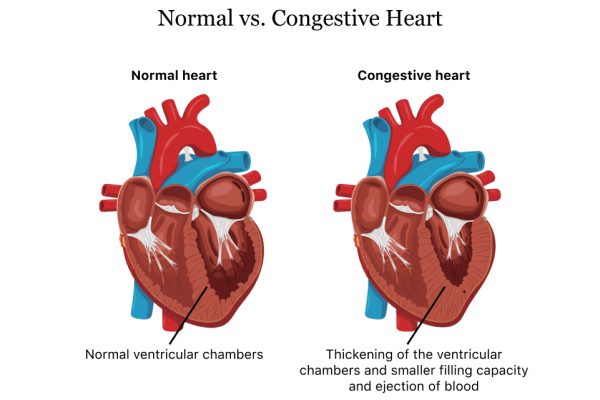Ayurveda is the oldest of all the medical systems ever existed on Earth. Its scope is not only limited to knowledge of the health and treatment of diseases but also includes information about the structure of the world, which in turn raises questions about spirituality and morality in accordance with the principles of the Vedas.
Unlike modern medicine, Ayurveda is not limited only to the treatment of symptoms and after-effects of illnesses and does not actually use unnatural substances that are harmful to the human body and have many side effects. Ayurveda differs from non-traditional treatments because it has a scientific basis and proven medical experience based on thousands of years of practice.
All knowledge of Ayurveda is based on a unique foundation – the concept of the three doshas. These are the three basic components that form the human body. The three doshas, called Vata, Pitta, and Kapha, are substances that develop as a result of a different combination of the Primary Elements. These are the five primary elements: ether, air, fire, water, and earth, from which everything in our world is formed – sound, shape, color, taste, and smell.
It is difficult to find the primary elements of the world in their pure form, as they manifest themselves mainly in combinations, taking on completely different qualities and character of impact. Therefore, the concept of Doshas (the main types of combinations of primary elements) was introduced for the convenience of their consideration and description. Each of the 5 primary elements is present in each Dosha: Vata-Dosha is a combination of ether and air (ie, all 5 primary elements are present in it but with the largest proportions of ether and air), Pitta Dosha is a combination of Fire and Water, while Kapha Dosha is a combination of Water and Earth.
Each of the three doshas is responsible for certain processes in the body and participates in the actions of the other two doshas (ie, the doshas in the body act together and never disturb each other). Vata dosha (Vayu – “wind”) is the air of the body, Pitta (Tap, Tapas – “heat”, ”fire”) is a transforming substance, and Kapha (“mucus”) forms the body shape and its contents. All three Doshi is present in every part, organ, and cell of our body, but each has specific areas in which it dominates.
Vata dosha is located in the lower body, from the navel to the tops of the legs, Pitta Dosha dominates in the umbilical region, from the navel to the top of the heart, and Kapha dosha – in the upper body, from the heart to the head.
Vata dosha, which is dominated by the element Air, performs all processes related to movement – body movements, fluid circulation (blood and lymph), organ communication, pulse, and breathing. Another important function of Vata is to boost Agni, the digestive fire. In addition, under the influence of Vata at conception, semen is connected with the egg, leading to the creation of a new life.
Pitta dosha, which is ruled by the element of Fire, is responsible for the metabolism of the body – digestion, transformation of body tissues and maintenance of body temperature.
Kapha dosha, which is dominated by the element Water, forms our body and its mass, maintains the level of fluids, lubricates the joints, it provides stability, communication of the organs. Kapha also plays an important role in the digestive process by controlling the activity of the digestive fire, preventing it from burning more than necessary.
The doshas in the bodies of different people manifest themselves with different power and their unique combination in each of us determines our individual constitution.
You need to know the characteristics and qualities of the three doshas so you can find out whether a particular Dosha (Vata, Pitta, and Kapha) is dominant in your constitution or has changed its influence beyond the norms, which is pathology and speaks of imbalances in the organism.
Vata is characterized by dryness, lightness, coolness, purity, roughness, mobility. People with a predominance of Vata have low weight, lightness and high tone of voice. Vata brings them ease of uplifting, carelessness, lightness, the ability to dramatically change directions and decisions.
Pitta is characterized by warmth, humidity, sharpness, lightness, strong odor. The lightness of Pitta gives individuals average physics, dexterity, and a desire for freedom.
People with predominant Kapha weight more and are characterized by large body structure and facial features, clumsy movements. At the same time, they are friendly, nice, stable and convincing, they are also experienced and deep, generally, are respectful to others.
Knowing the specifics of Doshas is useful for assessing your individual nature, helping you to understand the tendencies and opportunities – both yours and of those around you, so you can reach an inner balance.
More detailed information about the specifics of the doshas and their influence on the human body and character can be obtained at the specialized clinics: Ayurveda clinic Sofia and Ayurveda clinic Bansko. Their highly-skilled teams of Ayurvedic medical specialists will help you solve your health problems in a relaxed and pleasant atmosphere.





